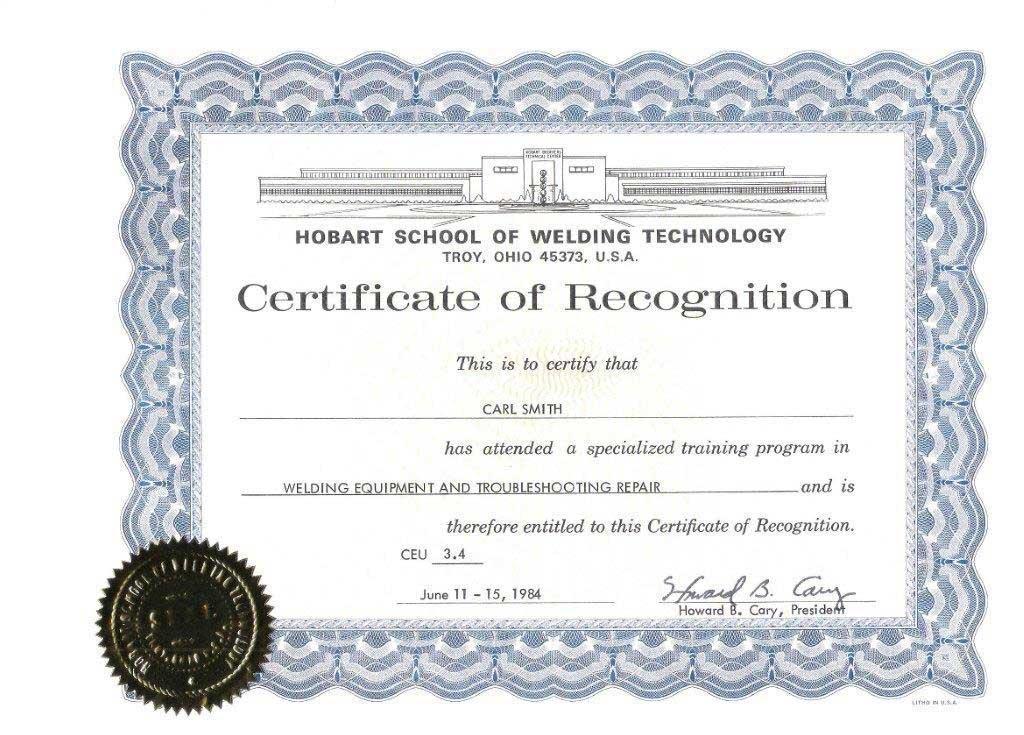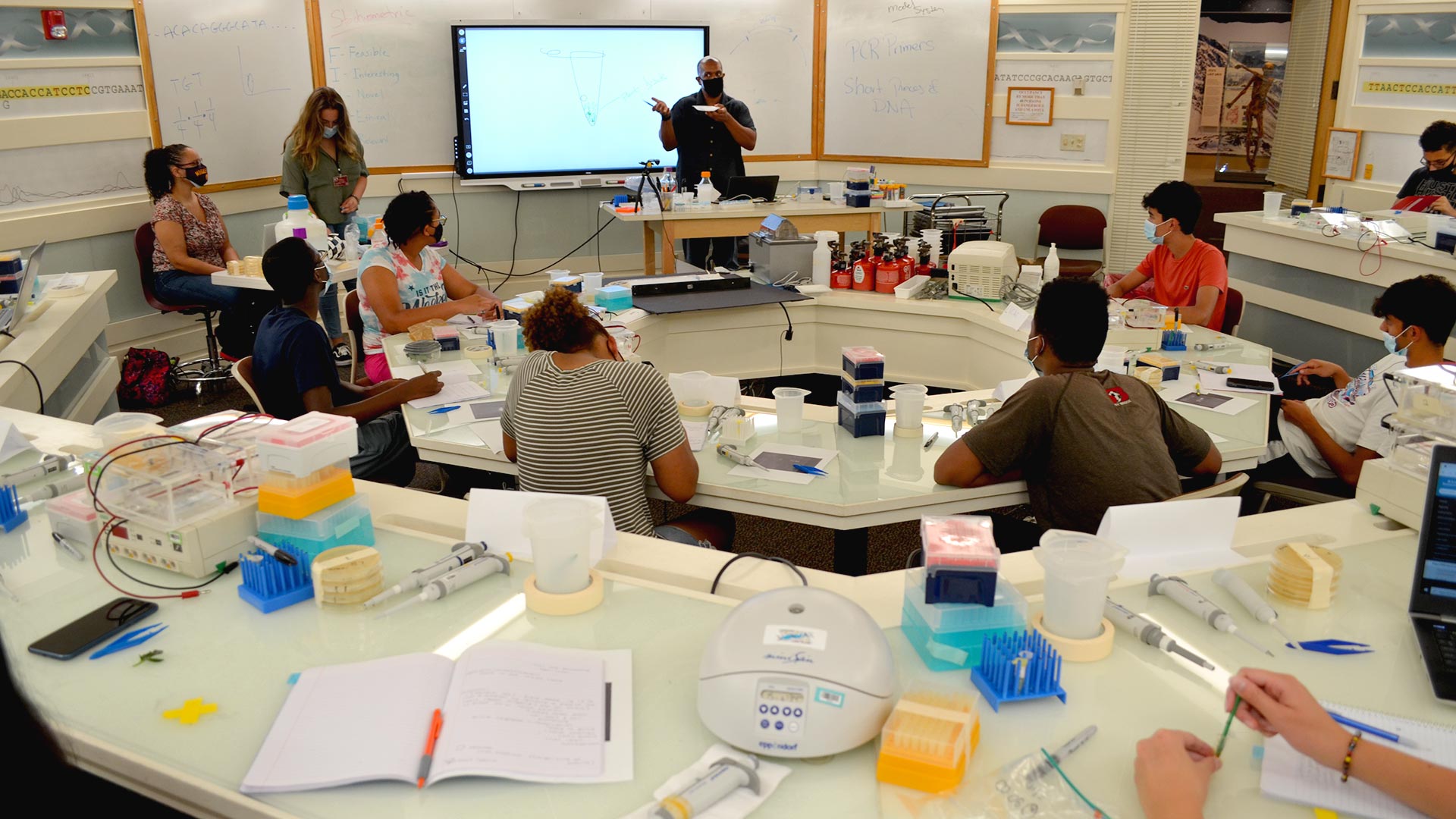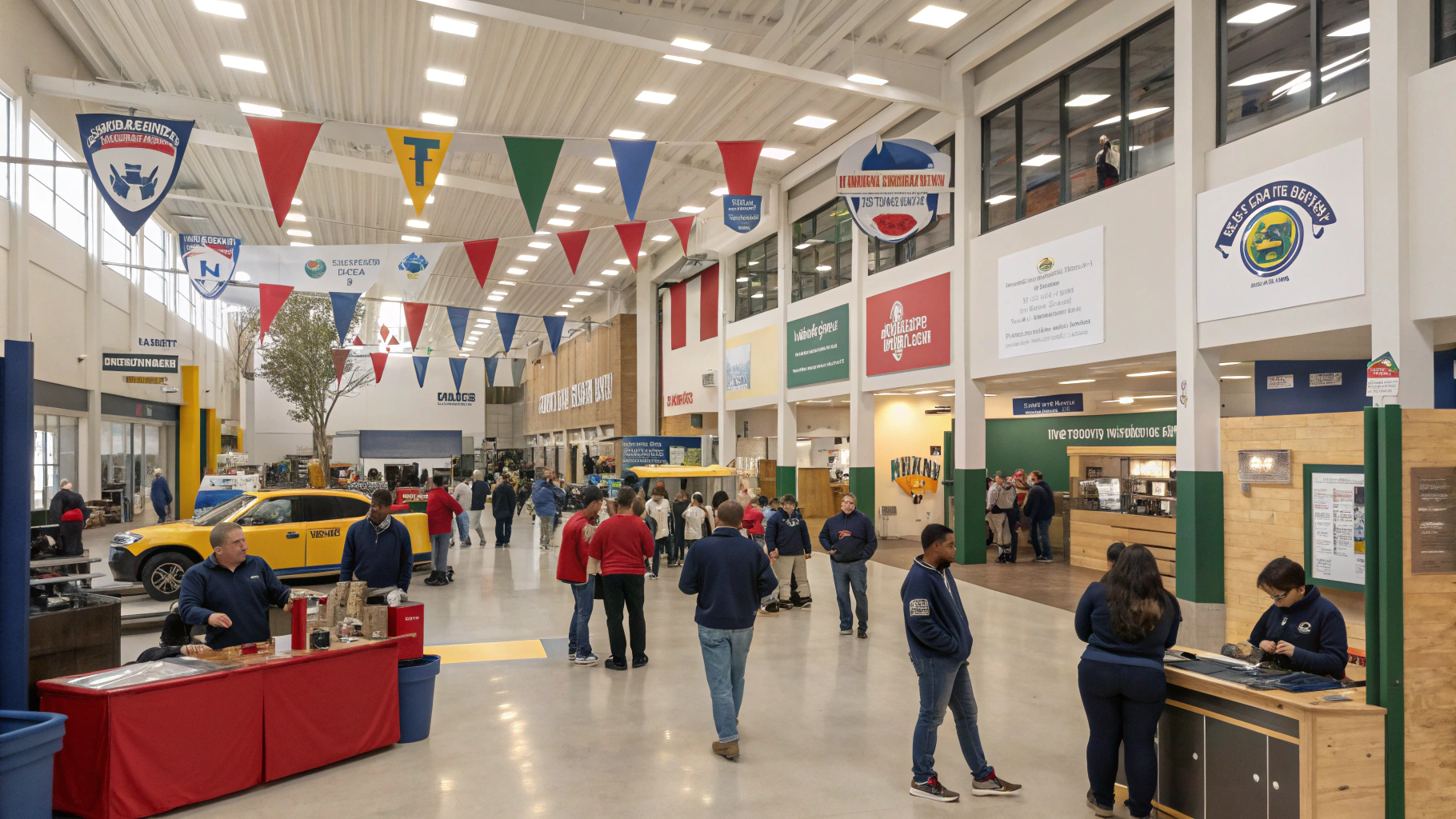Introduction
When Maria Lopez graduated from her HVAC program last spring, she faced a familiar dilemma: how to turn her certification into a career. Unlike many peers scrambling for opportunities, Maria secured a job offer weeks before finals, thanks to her trade school’s partnership with The Blue Collar Recruiter. Her story isn’t unique. As skilled trades grapple with a 1.4 million worker shortage, trade school job placement services have become the bridge connecting classrooms to worksites.
Staffing platforms are now essential players in this space. The on-demand staffing market is expected to reach $577.9 million by 2030¹, fundamentally changing how companies recruit talent 1. For trade schools, these partnerships has become essential for making sure graduates like Maria land roles that match their hard-earned skills.

Why Staffing Platforms Revolutionize Trade School Outcomes
Closing the Skills Gap with Precision Matching
Trade schools often struggle to align curricula with constantly changing industry needs. Platforms like Traba use AI to analyze employer demands, pairing graduates with roles that value their exact certifications. In manufacturing, where 73% of employers report skills gaps, this precision reduces mismatches and accelerates hiring 2.
Example: After Tulsa Welding School partnered with Express Employment Professionals, 89% of graduates secured jobs in their field within 90 days. That’s up from 63% pre-partnership 3.

Expanding Access to Hidden Job Markets
Many trade schools lack connections to niche industries. Staffing agencies open doors to employers actively seeking skilled labor. The Blue Collar Recruiter, for instance, places HVAC and electrical grads with vetted contractors in as little as 72 hours. It used to be a process that traditionally took schools weeks 4.

Data-Driven Career Pathways
Modern platforms provide real-time dashboards tracking placement rates, starting salaries, and employer feedback. This transparency helps schools like Baton Rouge Community College (BRCC) refine programs based on labor trends. “We cut our diesel tech program’s dropout rate by 34% after seeing employers wanted more engine diagnostics training,” shares BRCC’s career director 5.
Case Study: How Louisiana Built a Workforce for the Underserved
BRCC’s partnership with the Louisiana Department of Transportation (DOTD) shows staffing platforms’ transformative potential. The program places neuro-divergent students into paid infrastructure internships, combining classroom learning with hands-on experience.
Results:
- 92% internship retention rate
- 61% of participants transitioned to full-time roles
- DOTD expanded the initiative statewide after a 2022 pilot
Overcoming Partnership Pitfalls
Competing With Industry Pay Scales
Trade schools frequently lose instructors to higher-paying private sector jobs. Staffing platforms like Kelly Education mitigate this by offering flexible adjunct roles. Industry experts teach evening classes while maintaining day jobs. This is a model that’s boosted instructor retention by 44% at Midwest Technical Institute 7.

Simplifying Compliance Chaos
Before partnering with Campus Cafe Software, Atlanta’s HVAC Trade School spent 300+ hours monthly tracking attendance and financial aid compliance. Digitizing these tasks cut errors by 45% and freed staff to focus on student coaching 8.

Building Trust Through Accountability
Successful partnerships require clear metrics:
-
Placement rate: Minimum 75% within 90 days
-
Employer satisfaction: 4.5/5 average rating
-
Response time: Under 24 hours for support requests

The Future of Trade School Staffing Partnerships
Micro-Credentials Keep Grads Competitive
Platforms like Adecco now offer stackable certifications in robotics and green energy. These micro-credentials help welders and electricians qualify for higher-paying roles in emerging fields. It’s a key differentiator as 64% of employers prioritize ongoing learning 4.

Hybrid Learning Meets Employer Needs
Staffing platforms are increasingly supporting blended programs. When Phoenix Automotive Institute introduced online theory courses paired with weekend labs, partner Randstad noticed a 22% increase in graduate placements, showing how employers valued the flexible training model 11.

Employers Shape Curriculum Design
Forward-thinking collaborations let industries co-create courses. AWS Educate worked with five trade schools to develop cloud infrastructure modules, resulting in a 100% certification pass rate among participants 12.
Building Career Pipelines That Last
The Louisiana DOTD initiative and Maria Lopez’s success story share the same point: strategic staffing partnerships turn training into real careers. When trade schools tap into these platforms' networks and data, they can match graduates with employers who actually value their skills while addressing critical labor shortages.
Three actionable steps for schools:
-
Audit current placement rates using platforms’ analytics tools
-
Prioritize partners offering employer-vetted certification programs
-
Negotiate performance guarantees (e.g., 80% placement within 60 days)

With 43% of trade school graduates at risk of underemployment without proper support, these partnerships have become essential for building a workforce that works.
This isn’t about charity,” says DOTD’s HR lead. “These graduates outwork peers because they’re trained for exactly what we need” 6.

